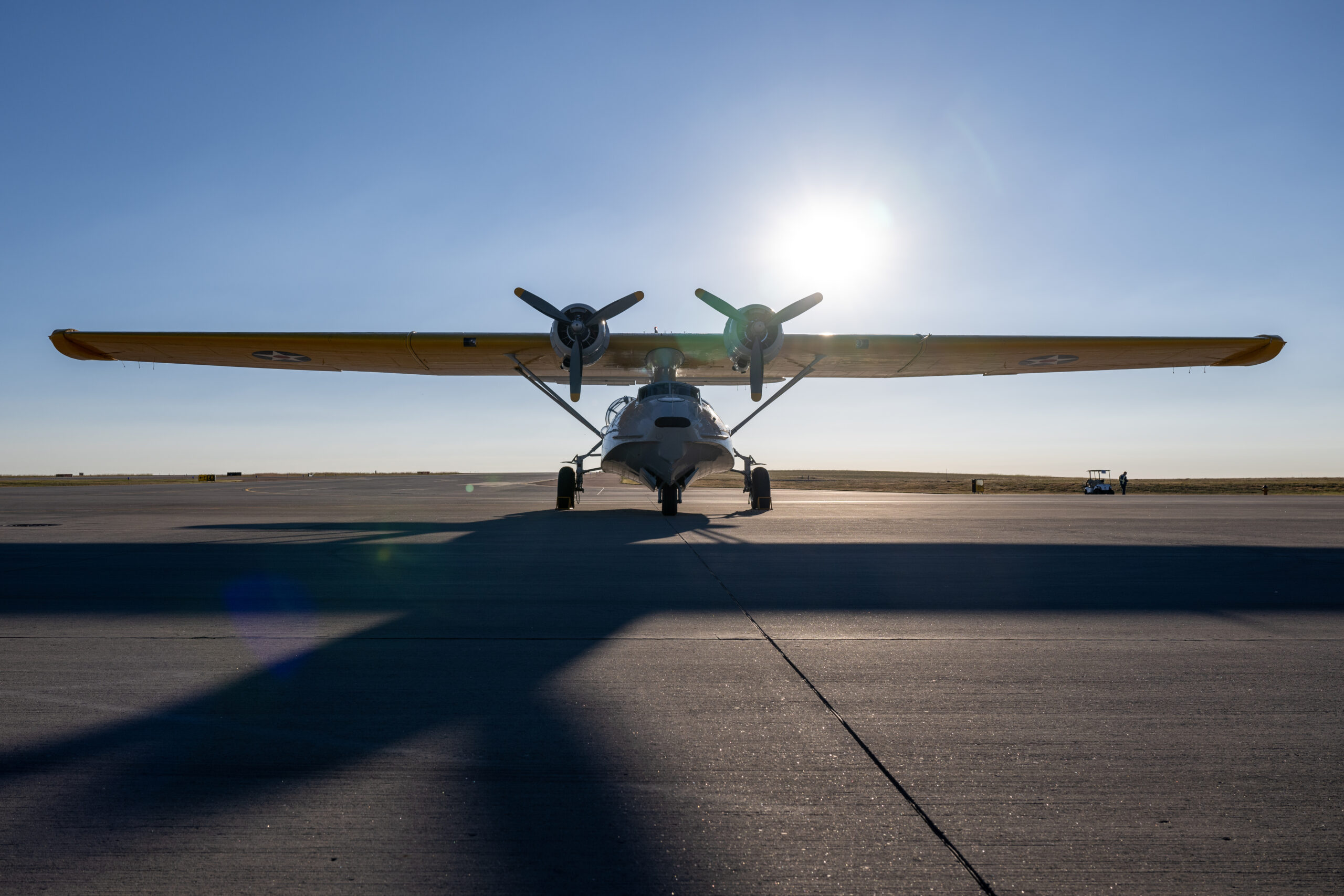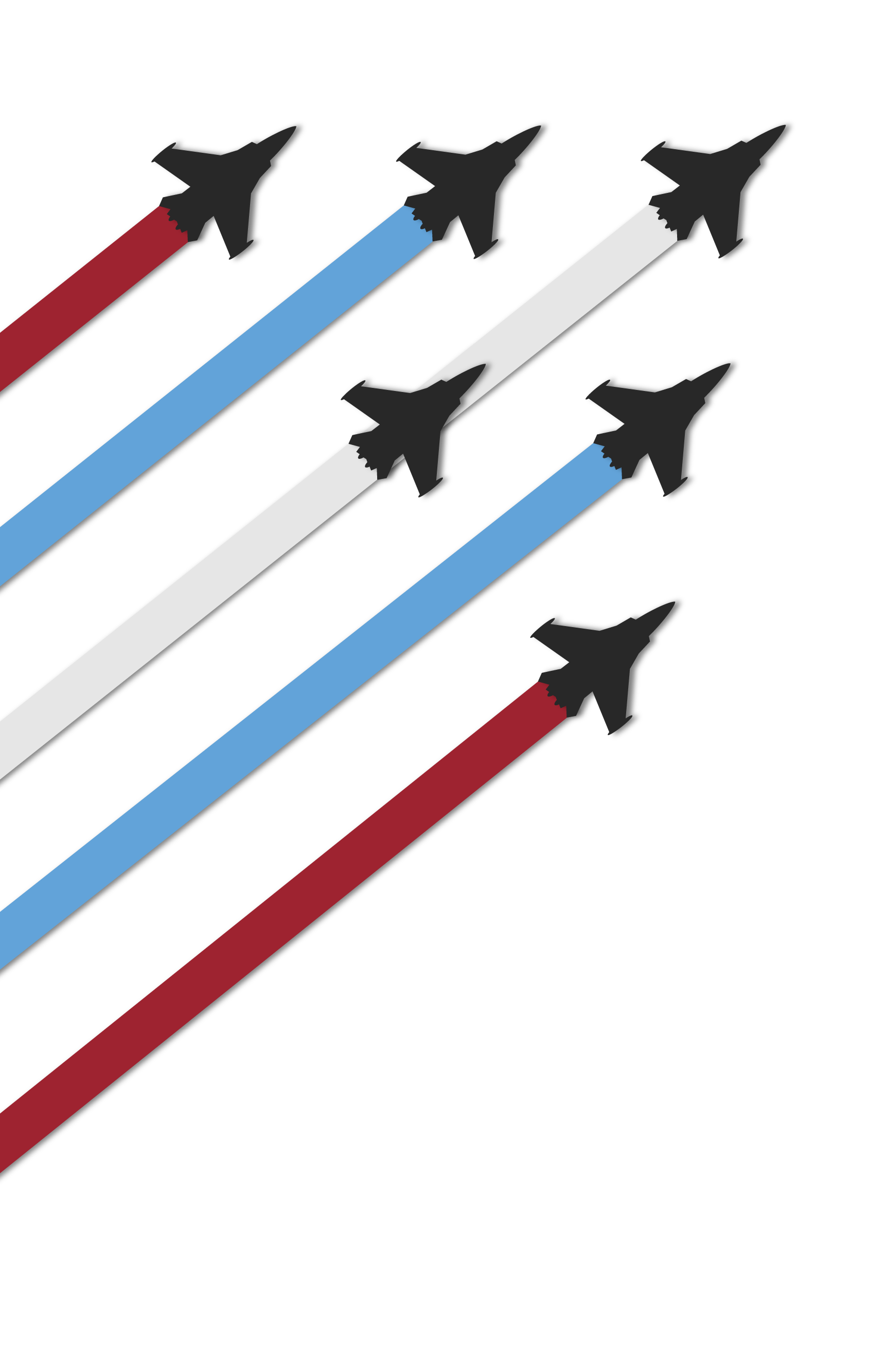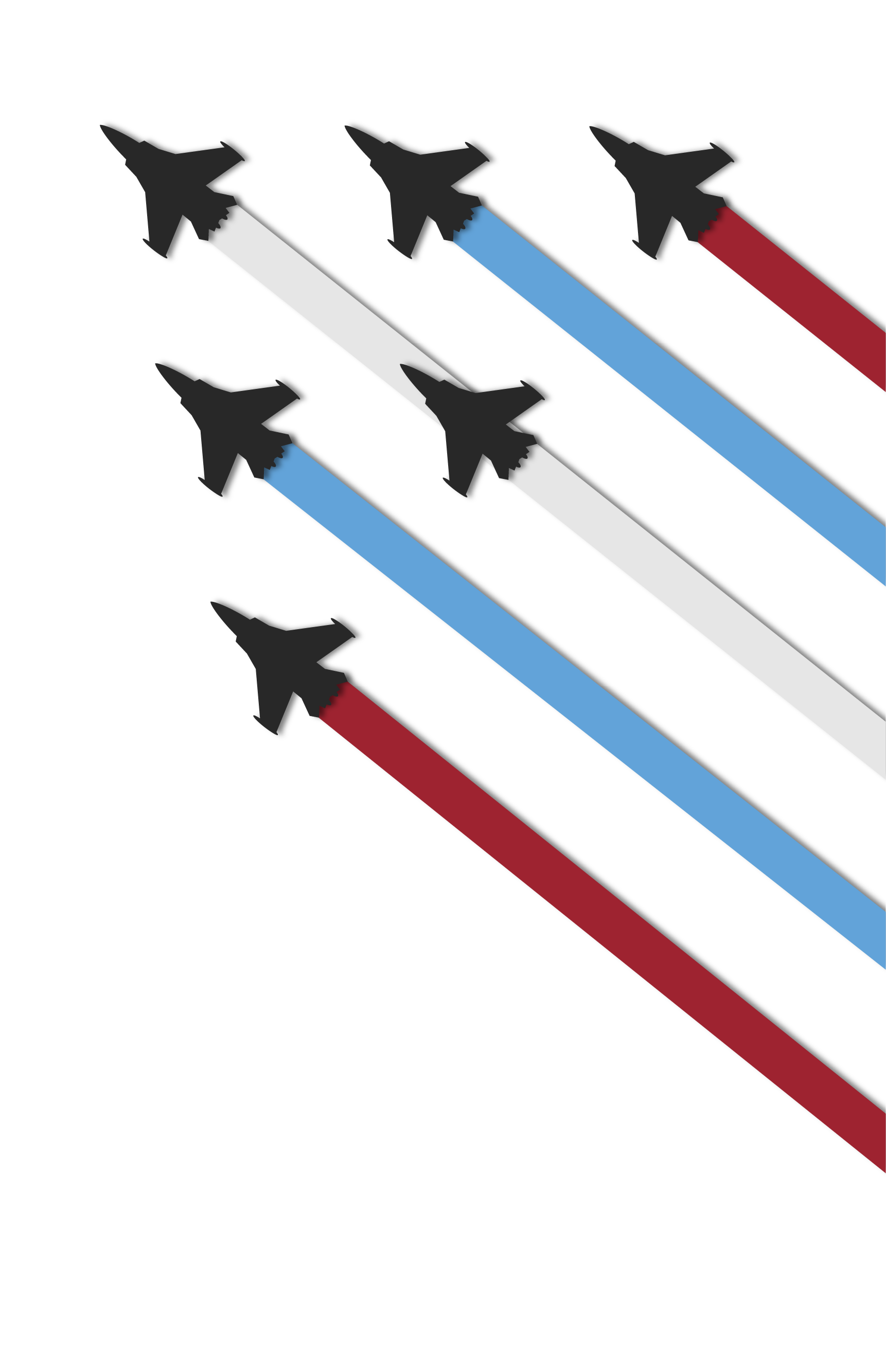
PBY Catalina
The amphibious Consolidated PBY Catalina was a versatile, highly-effective military aircraft before, during and after WWII. They were used in anti-submarine warfare, bombing missions, convoy escort duties, search-and-rescue missions, and cargo transport. The last active military PBYs were not retired from service until the 1980s.
PBY development began in 1933 when the U.S. Navy contracted several companies in October 1933 to build competing prototypes for a patrol flying boat.
The PBY Catalina was originally a water-only flying boat, but later models became amphibious when hydraulic gear retraction were fitted in water tight compartments built into the walkway behind the flight engineer. In total, armament of a PBY-5A included a single .50 machine gun in both waist positions, two .30 guns in the bow turret, and a single .30 gun in a ventral position. Four bomb racks were installed on the wings. The PBY-5A could carry 4,000 pounds of ordinance – bombs, depth charges and torpedoes. An estimated 4,051 Catalinas of all versions were produced between June 1937 and May 1945 for the U.S. Navy, the U.S. Army Air Forces, the U.S. Coast Guard, Allied nations, and civilian customers.



